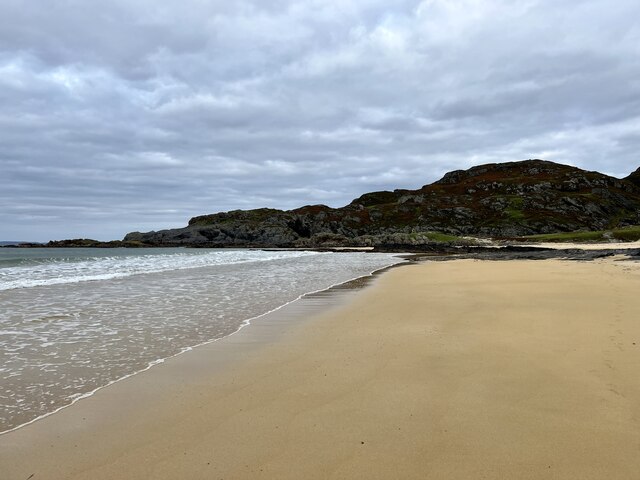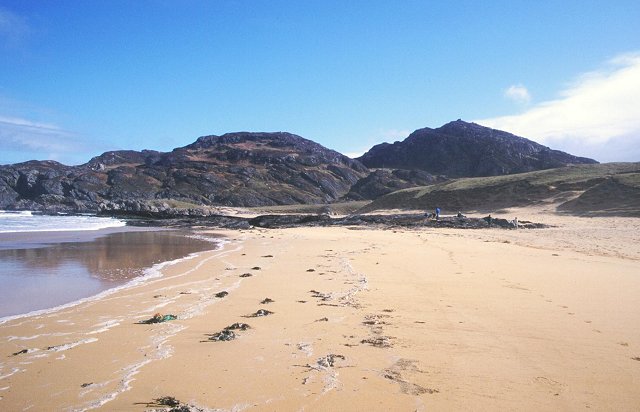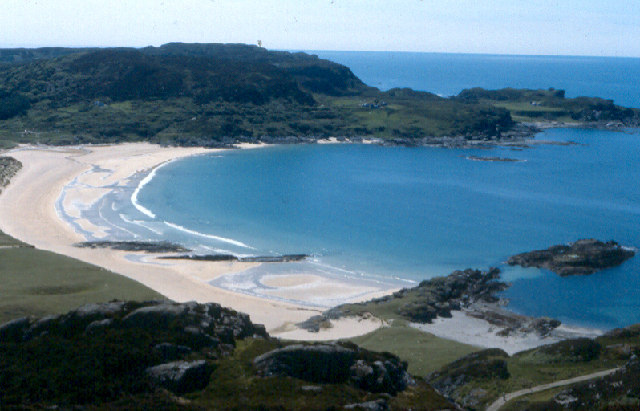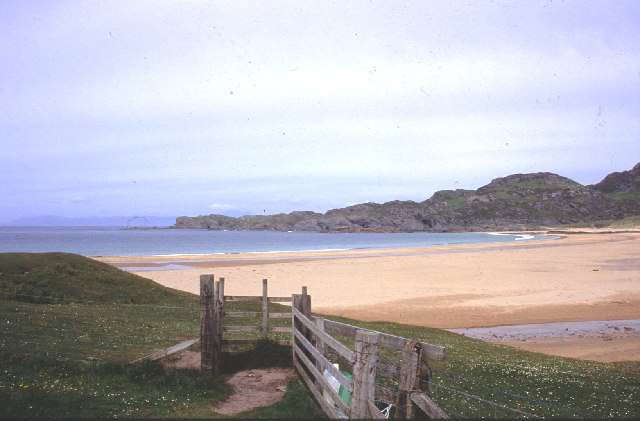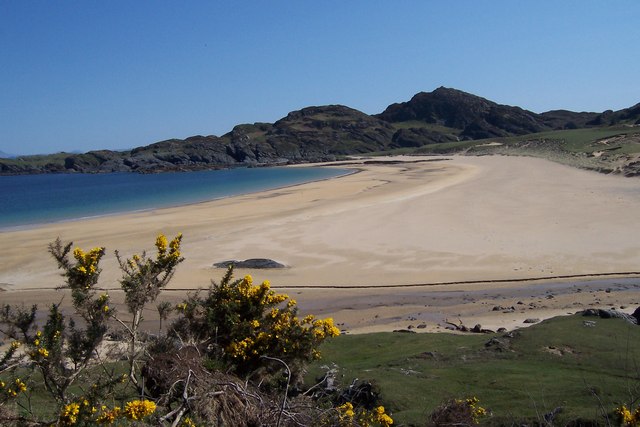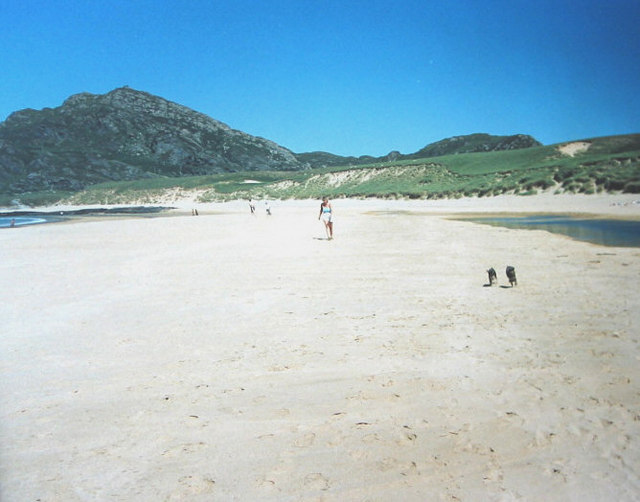Aoineadh nan Clach Mòra
Cliff, Slope in Argyllshire
Scotland
Aoineadh nan Clach Mòra
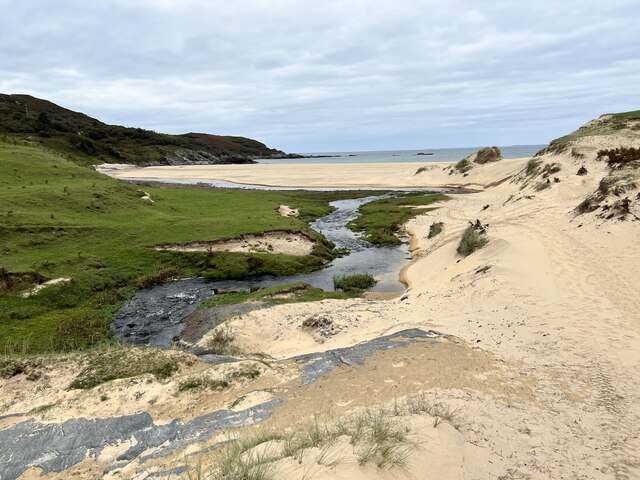
Aoineadh nan Clach Mòra, located in Argyllshire, Scotland, is a remarkable natural feature known for its breathtaking cliffs and slopes. This ancient geological formation spans over a vast expanse, offering visitors a mesmerizing view of the rugged landscape.
The cliffs of Aoineadh nan Clach Mòra are characterized by their sheer height and imposing presence. Rising hundreds of feet above sea level, they create an awe-inspiring sight that has captivated visitors for centuries. These towering cliffs are composed of various types of rock, including sandstone and shale, which have been sculpted by the forces of erosion over millions of years.
Alongside the cliffs, Aoineadh nan Clach Mòra also boasts a series of dramatic slopes. These slopes, formed by the gradual movement of the land and the impact of weathering, add to the overall grandeur of the landscape. Covered in lush vegetation and dotted with colorful wildflowers, the slopes give the area a picturesque charm.
The location of Aoineadh nan Clach Mòra offers visitors the opportunity to immerse themselves in the stunning natural surroundings. It is a popular spot for hiking enthusiasts, who can explore the area and marvel at the incredible vistas from various viewpoints. The site also attracts photographers and nature lovers, who are drawn to its beauty and tranquility.
Aoineadh nan Clach Mòra is not only a haven for nature enthusiasts but also a significant geological site. It provides valuable insights into the Earth's history and the processes that have shaped the land over time. As such, it is both a visual spectacle and an educational resource, making it a must-visit destination for those seeking to appreciate the wonders of nature.
If you have any feedback on the listing, please let us know in the comments section below.
Aoineadh nan Clach Mòra Images
Images are sourced within 2km of 56.10603/-6.2070818 or Grid Reference NR3898. Thanks to Geograph Open Source API. All images are credited.


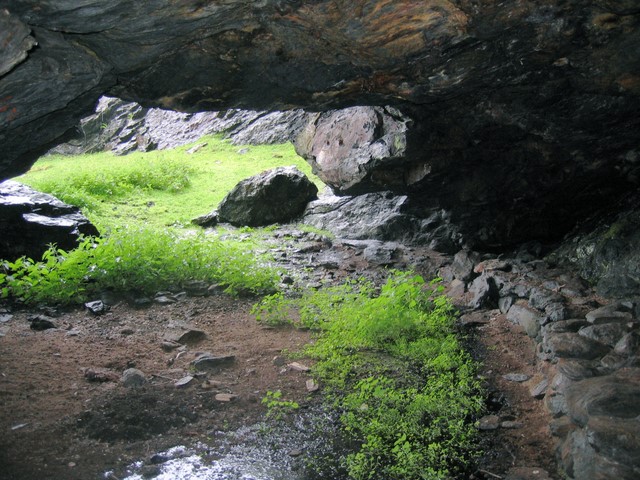
Aoineadh nan Clach Mòra is located at Grid Ref: NR3898 (Lat: 56.10603, Lng: -6.2070818)
Unitary Authority: Argyll and Bute
Police Authority: Argyll and West Dunbartonshire
What 3 Words
///firebird.manly.physical. Near Scalasaig, Argyll & Bute
Nearby Locations
Related Wikis
Dùn Uragaig
Dùn Uragaig is a clifftop promontory fort located on the Inner Hebridean island of Colonsay, Scotland. The site is located at grid reference NR38169826...
Dùn Tealtaig
Dùn Tealtaig is a promontory fort located on the Inner Hebridean island of Colonsay, Scotland. The site is located at grid reference NR38909839.The fort...
Loch an Sgoltaire
Loch an Sgoltaire is an impounding reservoir located on the Inner Hebridean island of Colonsay, Scotland. It is located at grid reference NR386972, northwest...
Colonsay House
Colonsay House is a Georgian country house on the island of Colonsay, in the Scottish Inner Hebrides. It is a Category B listed building, and is now in...
Nearby Amenities
Located within 500m of 56.10603,-6.2070818Have you been to Aoineadh nan Clach Mòra?
Leave your review of Aoineadh nan Clach Mòra below (or comments, questions and feedback).
